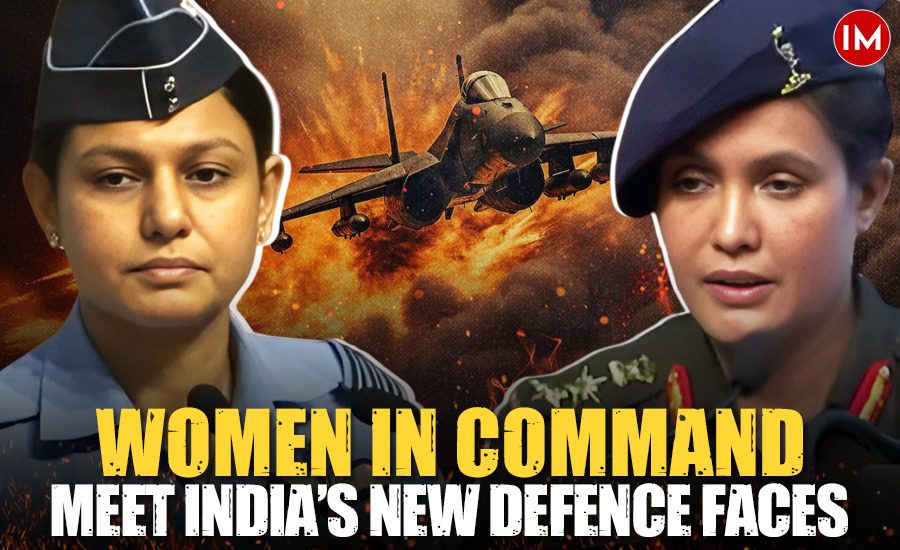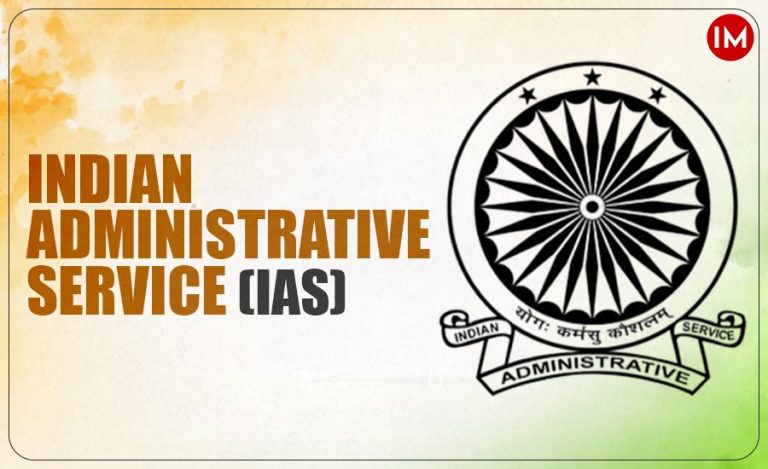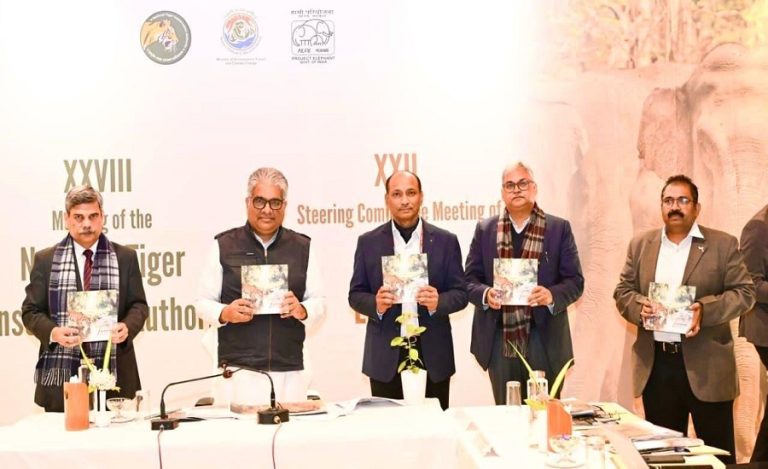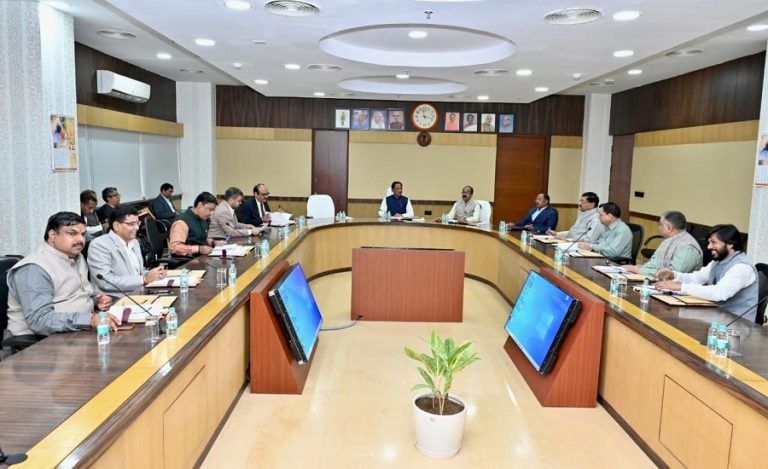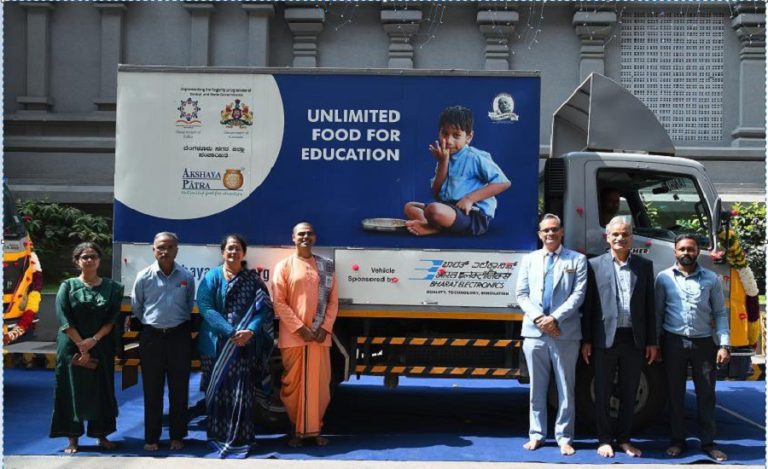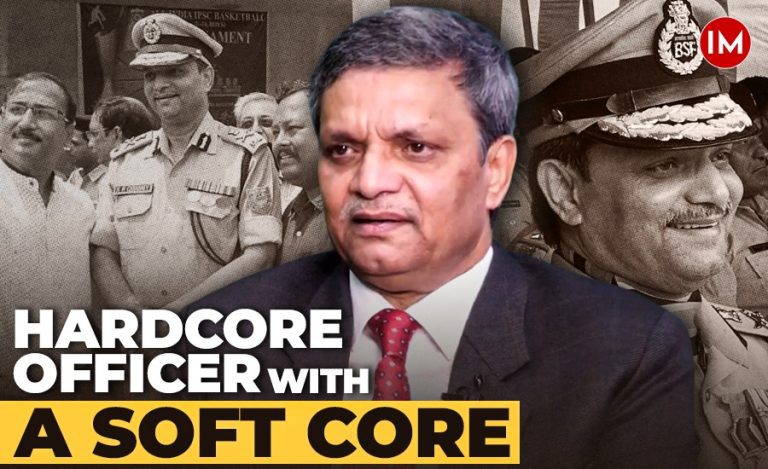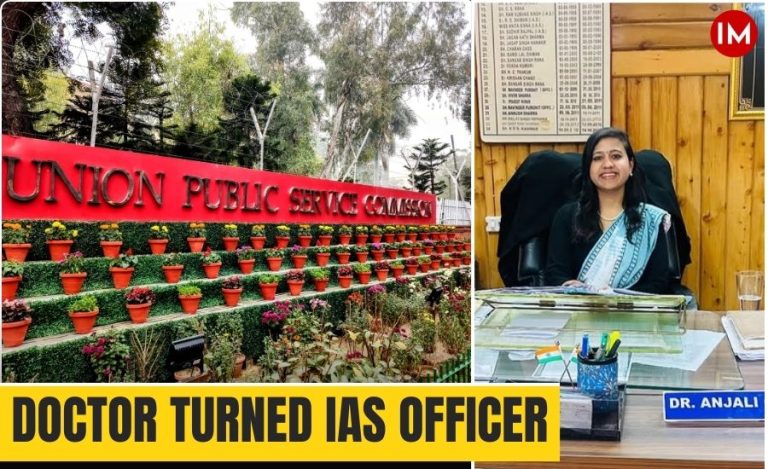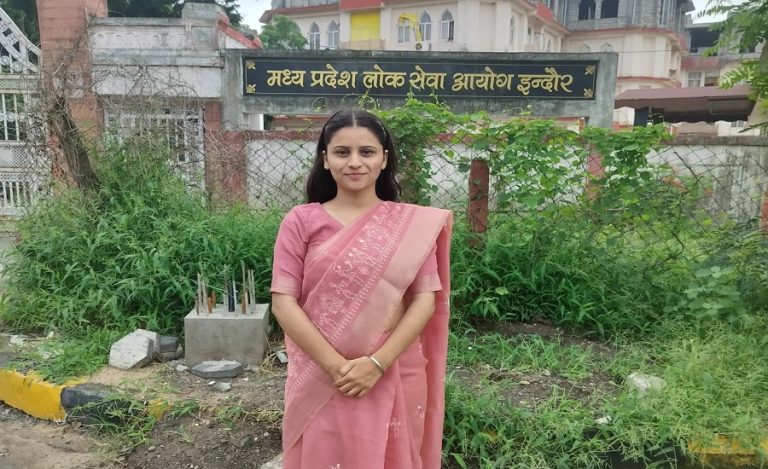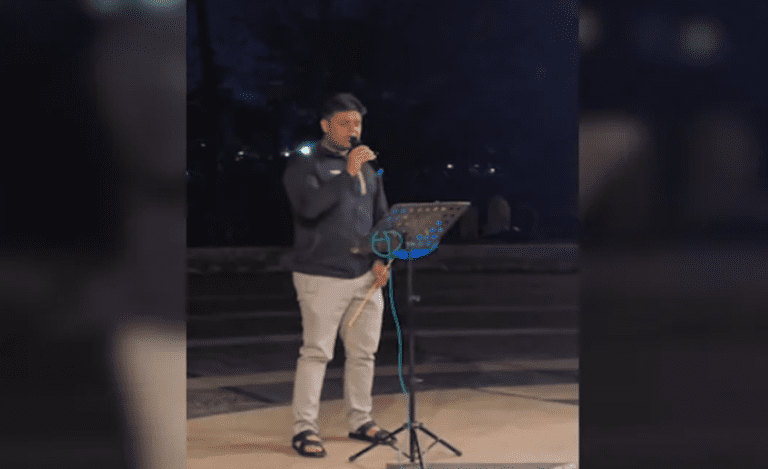New Delhi: India’s targeted strikes on nine locations in Pakistan and Pakistan-occupied Kashmir were based on precise intelligence inputs indicating that these sites were actively supporting terrorist operations within Indian territory, according to senior counter-terrorism officials.
In a landmark moment for India’s defense establishment and a powerful statement on gender inclusion in military leadership, Colonel Sofiya Qureshi of the Indian Army and Wing Commander Vyomika Singh of the Indian Air Force led and briefed the global media on Operation Sindoor, alongside Foreign Secretary Vikram Misri. Their presence at the forefront of such a high-stakes communication underscores not only India’s evolving strategic outreach but also the rising role of women in national security leadership.
Operation Sindoor, a high-impact counter-terror strike targeting terrorist infrastructure in Pakistan and Pakistan-occupied Kashmir (PoK), follows the recent terror attack in Pahalgam that claimed the lives of 26 civilians. The operation, and the upcoming media briefing, reflect the Indian government’s commitment to transparency, precision in military action, and an inclusive narrative of national defense.
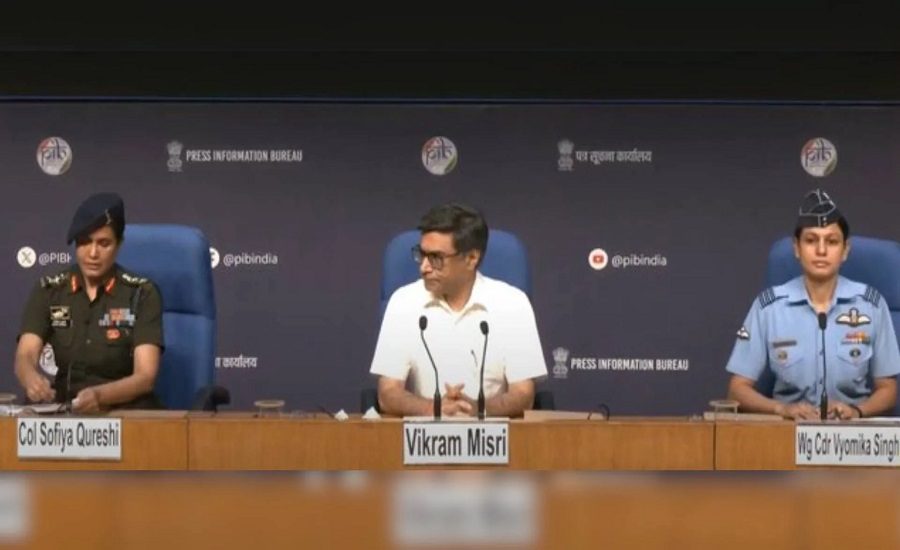
Col. Sofiya Qureshi: Breaking Barriers
Among the standout figures is Col. Sofiya Qureshi, a 35-year-old officer from the Indian Army’s Corps of Signals, known for her role in military communications and information systems. Col. Qureshi is no stranger to breaking barriers. She became the first Indian woman officer to command a military contingent at a multinational exercise – Exercise Force 18, hosted in Pune – where she led a 40-member Indian team among 18 participating countries.
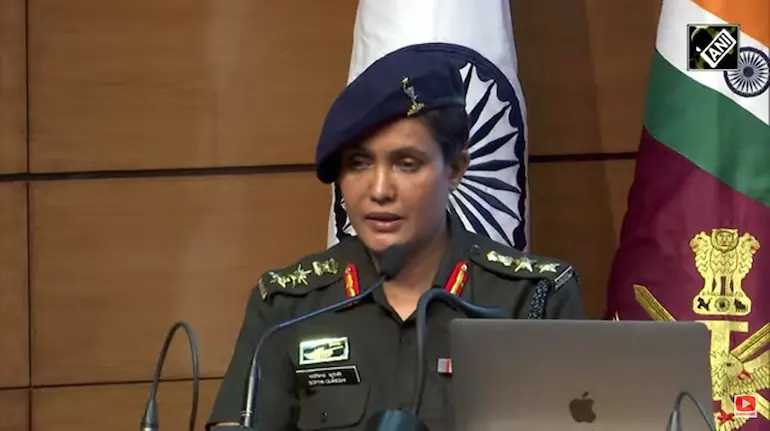
Col. Qureshi’s credentials extend far beyond the parade ground. A postgraduate in biochemistry and a veteran peacekeeper, she served in the UN Peacekeeping Mission in Congo in 2006 and has over six years of experience in peacekeeping operations. With deep military roots – her grandfather was an Army veteran and she is married to an officer in the Mechanised Infantry – Col. Qureshi embodies both tradition and transformation.
Her role in co-leading the briefing is far from ceremonial. It is symbolic of a new era in Indian defense strategy, one that blends tactical excellence with global engagement. “She represents the face of India’s modern military doctrine – sharp, strategic, and unafraid,” said a senior defense official on condition of anonymity.
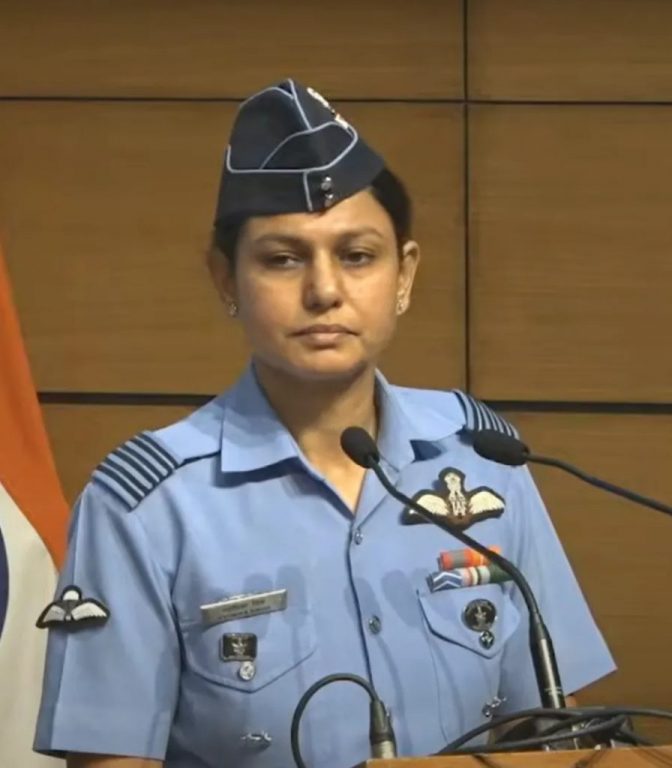
Wing Commander Vyomika Singh: Women at the Forefront of Strategic Communication
Wing Commander Vyomika Singh, co-presenter from the Indian Air Force, is part of this defining moment that highlights the rising leadership of women in India’s military communication and public engagement strategy. Her presence, alongside Colonel Sofiya Qureshi, reflects India’s intent to project a forward-looking and inclusive national security posture on the global stage.
Wg Cdr Singh’s journey to the Air Force began with a childhood dream – to fly. Inspired from an early age, even her name, Vyomika, which means “one who belongs to the sky,” seemed to chart her path toward the skies and into the cockpit, symbolizing both ambition and destiny.
She has proven her mettle by mastering helicopter operations in some of the most challenging and dangerous terrains, including Jammu and Kashmir and the Northeast. Vyomika has flown helicopters such as the Chetak and Cheetah for over 2,500 hours, making her unmatched in flying in these high-altitude regions.
Commissioned under the 21st SSC (Women) Flying Pilot Course on December 18, 2004, Vyomika achieved a significant milestone in 2019 when she received a permanent commission – an exceptional accomplishment for women officers in the Indian Air Force.
Throughout her career, Vyomika has led numerous high-profile rescue missions. Notably, she played a critical role in evacuating stranded individuals during the 2020 disaster in Arunachal Pradesh. In 2021, she conquered the daunting peak of Mount Manirang at 21,650 feet and also participated in an all-women mountain expedition involving the three Indian armed forces.
Voices of Valor
Amid these high-stakes developments, the inclusion of senior women officers – Colonel Sofiya Qureshi and Wing Commander Vyomika Singh – in the international media briefing has been widely hailed as a powerful symbol of professionalism, confidence, and gender parity within India’s armed forces.
As the world watches, Col. Qureshi and Wg Cdr Singh are not merely briefing the media – they are embodying a new narrative of Indian military leadership, one defined by courage, competence, and conviction.
Precision. Power. Progress
The briefing was expected to outline the objectives, execution, and outcomes of Operation Sindoor, while also addressing international concerns about regional stability.
Speaking at the press conference just hours after India’s precision strikes, Foreign Secretary Vikram Misri, an IFS (Indian Foreign Service) officer of 1989 batch, confirmed that the Resistance Front, a group linked to Lashkar-e-Taiba, had claimed responsibility for the Pahalgam terror attack. “Pakistan links have been clearly established,” Misri stated, adding that despite credible intelligence and mounting global pressure, Pakistan had failed to act against terror networks operating from its territory. “Pakistan has made an identity in the world as a safe haven for terrorists,” he said.
Mr Misri further noted that the modus operandi of the Pahalgam attack was designed to provoke communal discord in Jammu and Kashmir and other parts of India – an attempt India views as part of a broader destabilization strategy.

